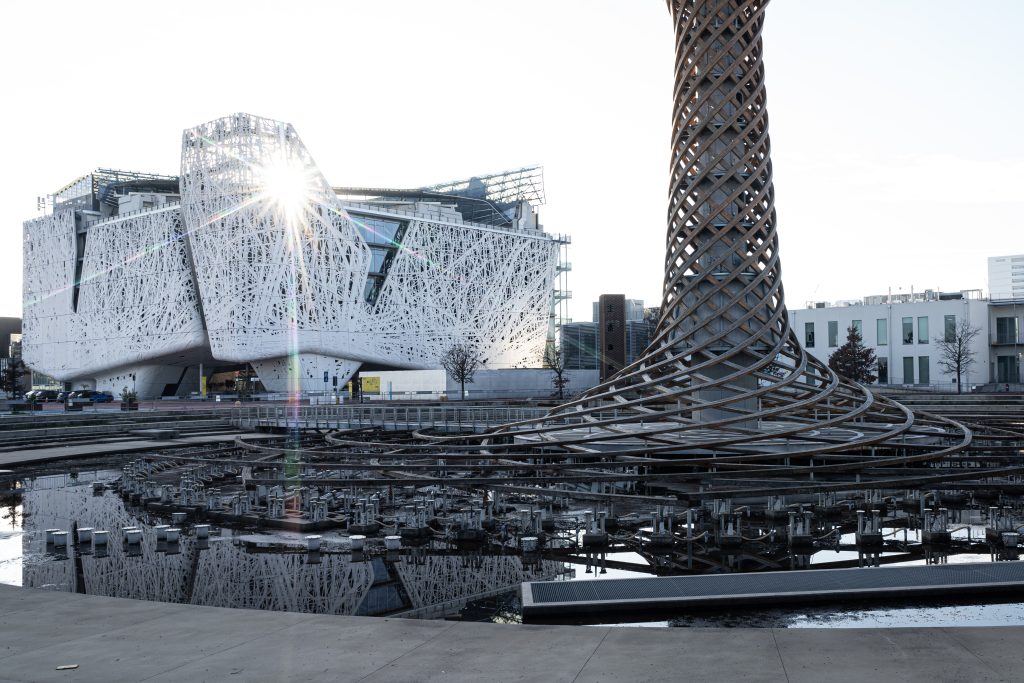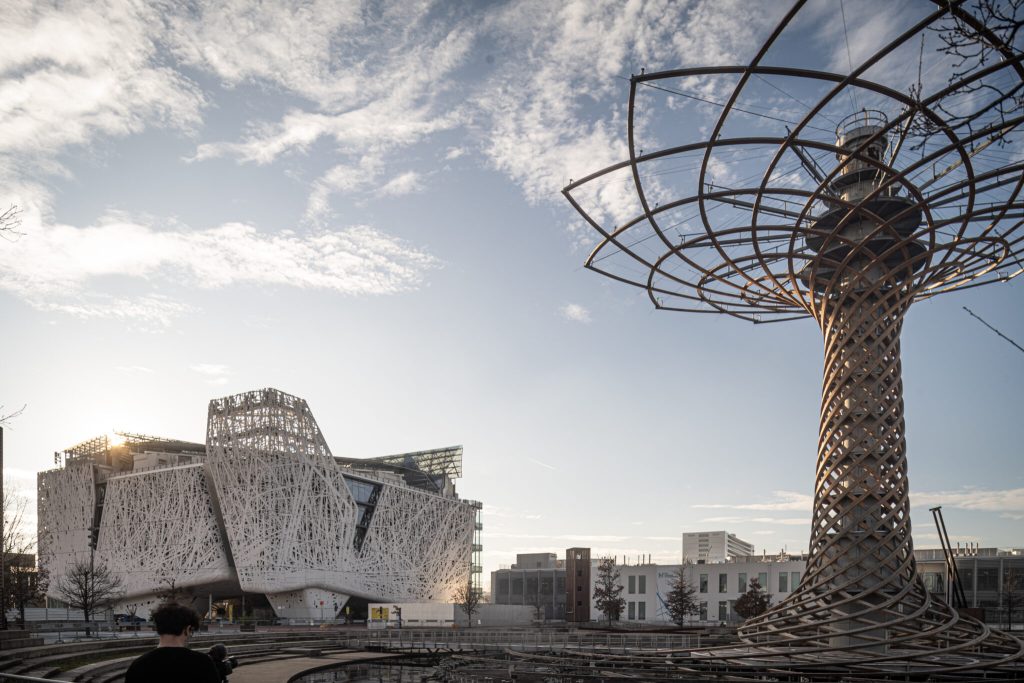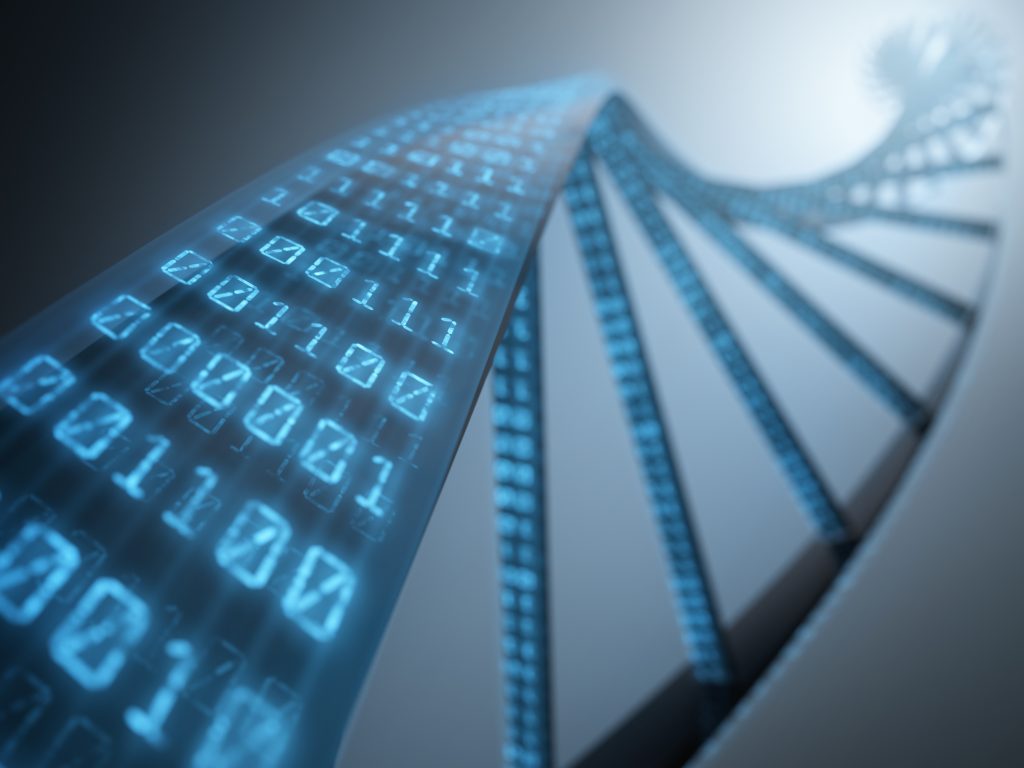HT at the 23rd International Exhibition of Triennale Milano

The works on display at the 23rd International Exhibition, “Unknown Unknowns. An Introduction to Mysteries”, also include two microscopy images created by Human Technopole researchers.
The unknown, the mysterious, what we “know we don’t know”. This is the theme at the heart of the exhibition, curated by Ersilia Vaudo, astrophysicist and Chief Diversity Officer of the European Space Agency. A theme that reflects the research activities of Human Technopole, which aim to deepen our knowledge of human biology and the mechanisms underlying disease.
Thanks to the latest advances in science, we know that human beings are the same, i.e. our genetic sequences are 99.9% identical. However, our appearance, our reaction to food, drugs and infections differ from individual to individual. Therefore, much remains to be discovered about that 0.01% that influences how we get sick and how we can heal or improve our health and well-being.
HT’s scientists are engaged in cutting-edge studies that make use of the latest technologies to improve our knowledge of the onset and development of certain diseases. Our research activity is what is known as ‘basic research’, meaning the kind of research that aims to – quite simply – go deeper, broaden our view of how the world around us works, without any specific practical application. In other words, investigating what we ‘know we don’t know’.
The two images chosen for the exhibition “Unknown Unknowns. An Introduction to Mysteries’ come from two research groups at the Centre for Structural Biology, engaged in the study of the structure and functioning of macromolecular mechanisms.
The molecular structure at the origin of life
Poor sperm mobility is responsible for about 80% of infertility cases. The spermatozoa’s tail, or flagellum, is a typical example of cilia, organelles present on the surface of most animal cells and responsible for motor, sensory and cell-to-cell communication functions. In the absence of a particular amino acid – glycine – within the protein sequence of tubulin, an essential component of the spermatozoon’s tail skeleton, the sperm will lose the ability to move in a straight trajectory and will move in circles, jeopardising the chances of fertilisation. The study, published on the cover of Science in January 2021, was conducted by researchers from the Pigino Group at the Human Technopole in Milan and the Max Planck Institute in Dresden in collaboration with the Institute Curie in Orsay and the European Centre for Research and Advanced Studies in Bonn.
Transcription from DNA into RNA
The image, created by the Vannini Group at Human Technopole, is an artistic representation of a three-dimensional model of RNA polymerase III, an enzyme that is essential for the life of all cells and whose mutations can have serious health consequences. The image represents the moment when transcription from DNA into RNA, the decoding of the genetic information contained within the eukaryotic genome, is initiated. Knowing the structure and possible mutations of this enzyme could make it possible in the future to develop tools to counteract its negative effects, including hypersensitivity to viruses (e.g. chickenpox virus), but also certain neurodevelopmental disorders and certain types of tumour, in which this enzyme is ‘excessively’ active.




